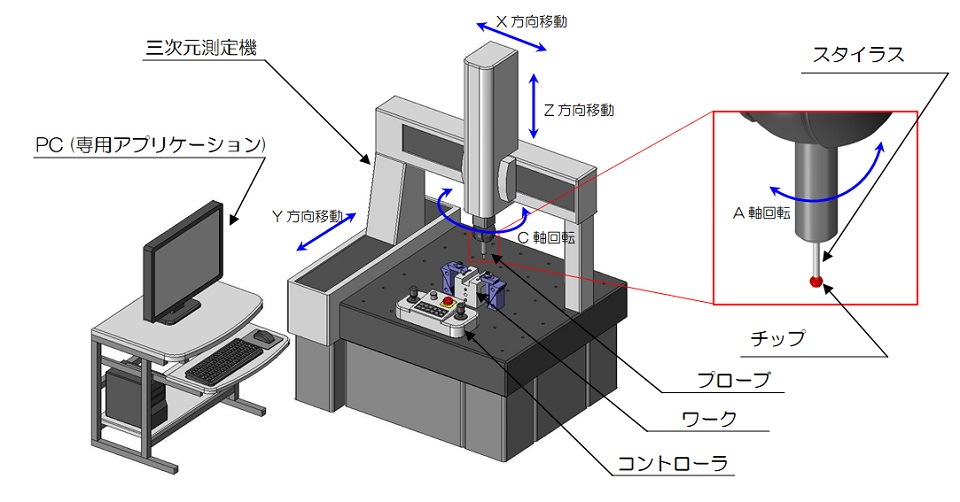Standard inspection/quality control
When we deliver our products, we conduct a pre-shipment inspection and submit the following items.
・Inspection drawing or inspection record sheet
Generally, we will submit the dimensional measurement results, quantity, and date listed above.
Regarding dimensional measurement results, the standard is to check the actual measurement result for the tolerance specification section, and check the top of the measurement for general tolerances.
Upon request, we will respond by filling in the actual numbers for all locations.
We will also provide the following information upon request.
・Material certification (mill sheet)
・Surface treatment certificate
・Heat treatment certificate
Regarding the above, if you do not specify it at the time of ordering, we will proceed with the arrangement on the assumption that it is not necessary.
If necessary, please specify when ordering.
Regarding the number of inspections, sampling inspection will be the standard.
If there are only a few pieces in a lot, we will inspect one piece, and if there are 10 or more pieces, we will inspect about 10% of the pieces.
We can also accommodate non-standard requests such as 100% inspection.
Please specify the inspection quantity when ordering.
High standard Quality Control System
At our company, our manufacturing factory has a quality assurance system that meets the level of customer requests.
We respond to a wide range of requests, from those that do not require quality assurance to aircraft parts that require strict quality control.
We can also handle cases where quality assurance based on ISO9001 is required, such as for semiconductor manufacturing equipment and aircraft-related products.
We have a system in place that can meet the quality control demands of major manufacturers, including daily inspection records, calibration records for inspection instruments, quality assurance regulations, identification and management of defective products, and response to malfunctions.
We also respond to quality audits of manufacturing plants.
Please feel free to contact us regarding quality assurance.
Inspection service
At our company, we also accept "contract inspection" services, making use of the inspection capabilities we have cultivated through our daily precision parts manufacturing operations.
We will provide you with the product, specify the measurement location and quantity, and undertake only the dimensional measurement inspection.
We can use general-purpose measuring instruments such as calipers and micrometers, coordinate measuring machines, and surface roughness measuring instruments, so please feel free to ask us.
We will submit the measurement results together in an "inspection drawing" or "inspection record sheet."
Inspection tools
At our company, during inspection work, we combine the following inspection equipment and use them according to the characteristics of the inspection item.
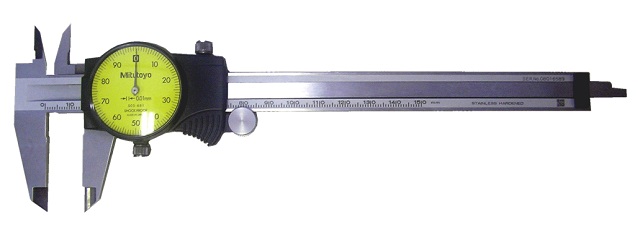
Caliper
It is a measuring instrument mainly used to measure length. It can be said to be a general-purpose measuring instrument that can measure external dimensions, internal dimensions, depth, etc. using various parts.
Basically, it is used to assume increments of 0.01 mm.
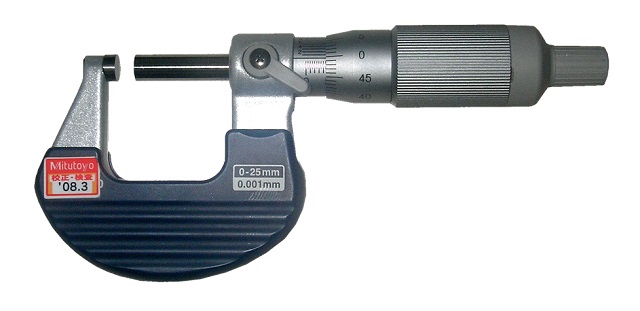
Outer diameter micrometer
This is a measuring instrument that mainly precisely measures outer diameter, length, and thickness. Use when more accurate measurement accuracy than calipers is required.
Precise measurement in 0.001mm increments is possible.
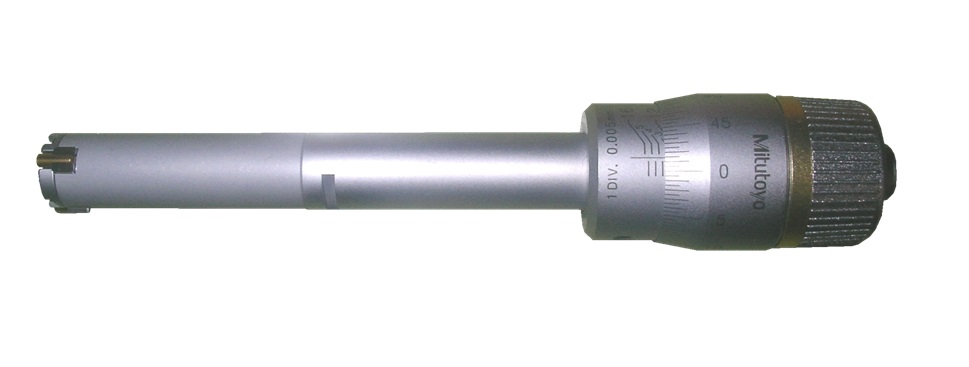
Inner diameter micrometer
A measuring instrument that precisely measures hole diameter. Each type has a different measurement range, so it is important to select one with a measurement range that matches the hole diameter.
Precise measurement in 0.001mm increments is possible.
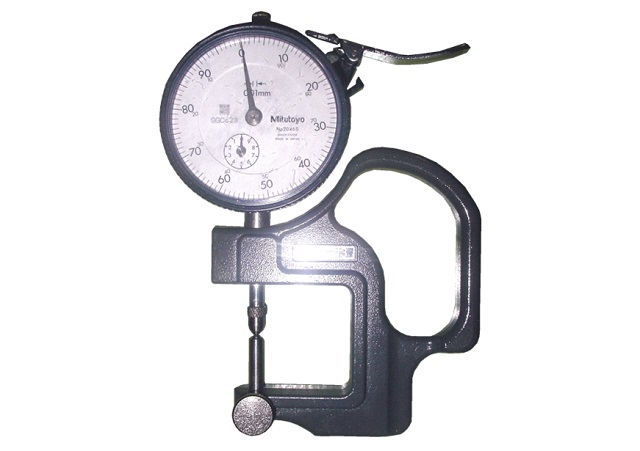
Dial thickness gauge
A measuring instrument for measuring thickness. It is effective when measuring the wall thickness of shapes that are located in deep places that cannot be measured with a caliper or that have undulations.
Measurements are generally made in 0.01mm increments.
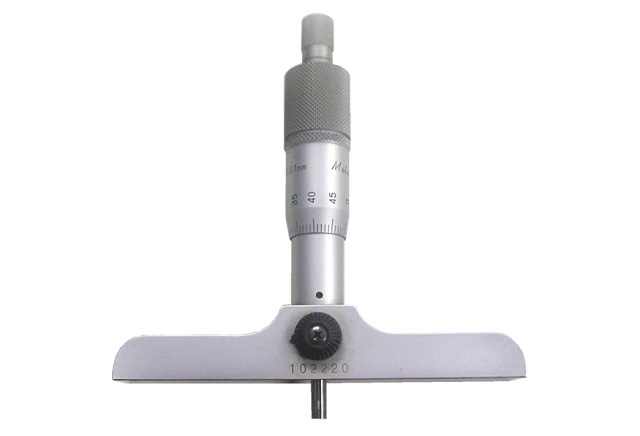
Depth gauge
A measuring instrument that precisely measures depth.
Install it to bridge the step shape, and measure by placing the probe on the bottom surface.
It can measure in 0.001mm increments, so it is useful when calipers do not have sufficient measurement accuracy.
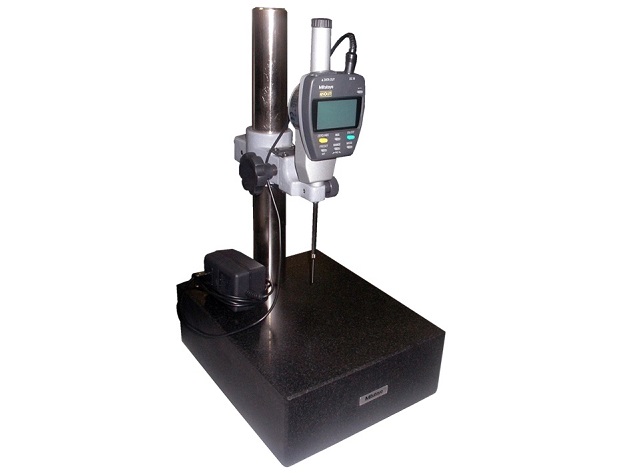
Height gage
This is a measuring instrument that measures the height and level difference of products. By placing the product on a surface plate, you can quickly and accurately measure the relative height.
Suitable for inspecting mass-produced products.
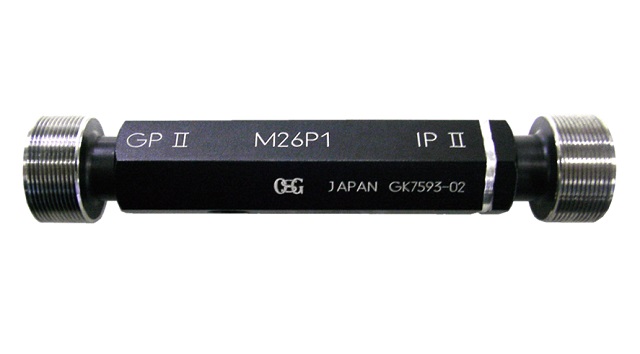
Thread gauge
This is a measuring instrument to confirm that the screw hole meets the standard.
. Thread gauges have a gauge grade that is the same as the grade of the thread to be measured.
Make sure that it has a passing side and a non-stop side, and that the screw goes in on the passing side, but does not go beyond the specified limit on the non-stop side.
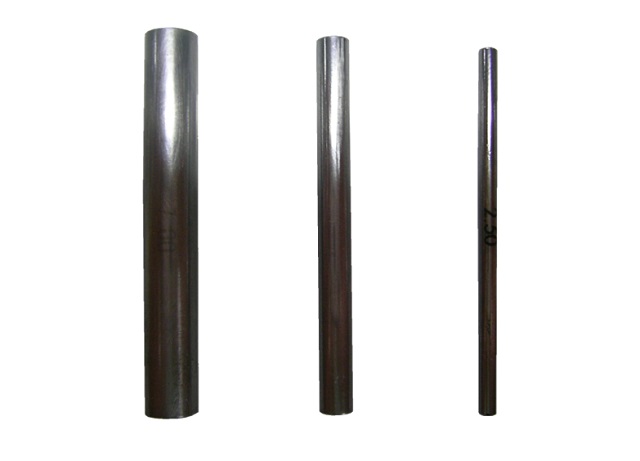
Pin gauge
A measuring instrument for measuring hole diameter.
A precisely manufactured cylindrical gauge is used to check the accuracy of the inner diameter by actually inserting it into the hole shape and checking whether it fits smoothly.
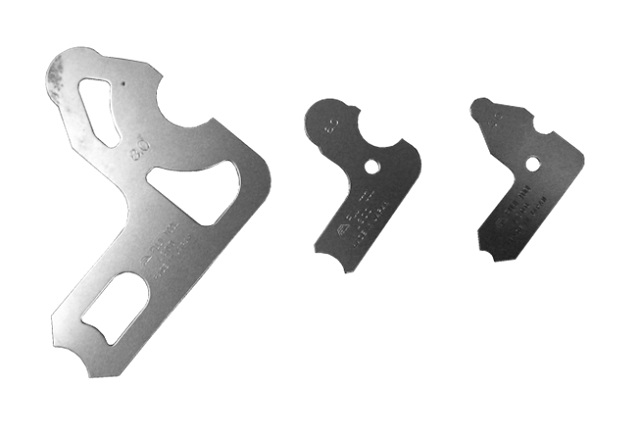
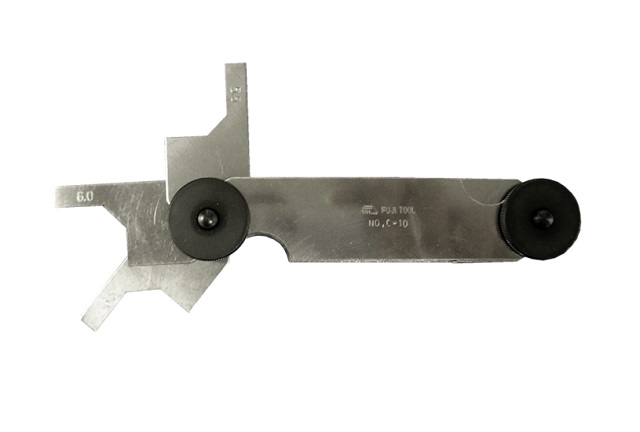
R gauge / C gauge
The R gauge is a measuring instrument to check whether the R side part and the C gauge are within the tolerance.
Press the gauge against the relevant location, observe the gap, and judge based on the gauge size with the smallest gap.
Precision measurement by CMM
We support inspections using three-dimensional measuring machines, which are essential for precision parts manufacturing.
Since we have dedicated experienced inspectors, we can meet even the most difficult measurement requests.
It is possible to measure dimensions and geometric tolerances of complex-shaped parts such as aircraft and molds, as well as curved surface shapes by point matching.
